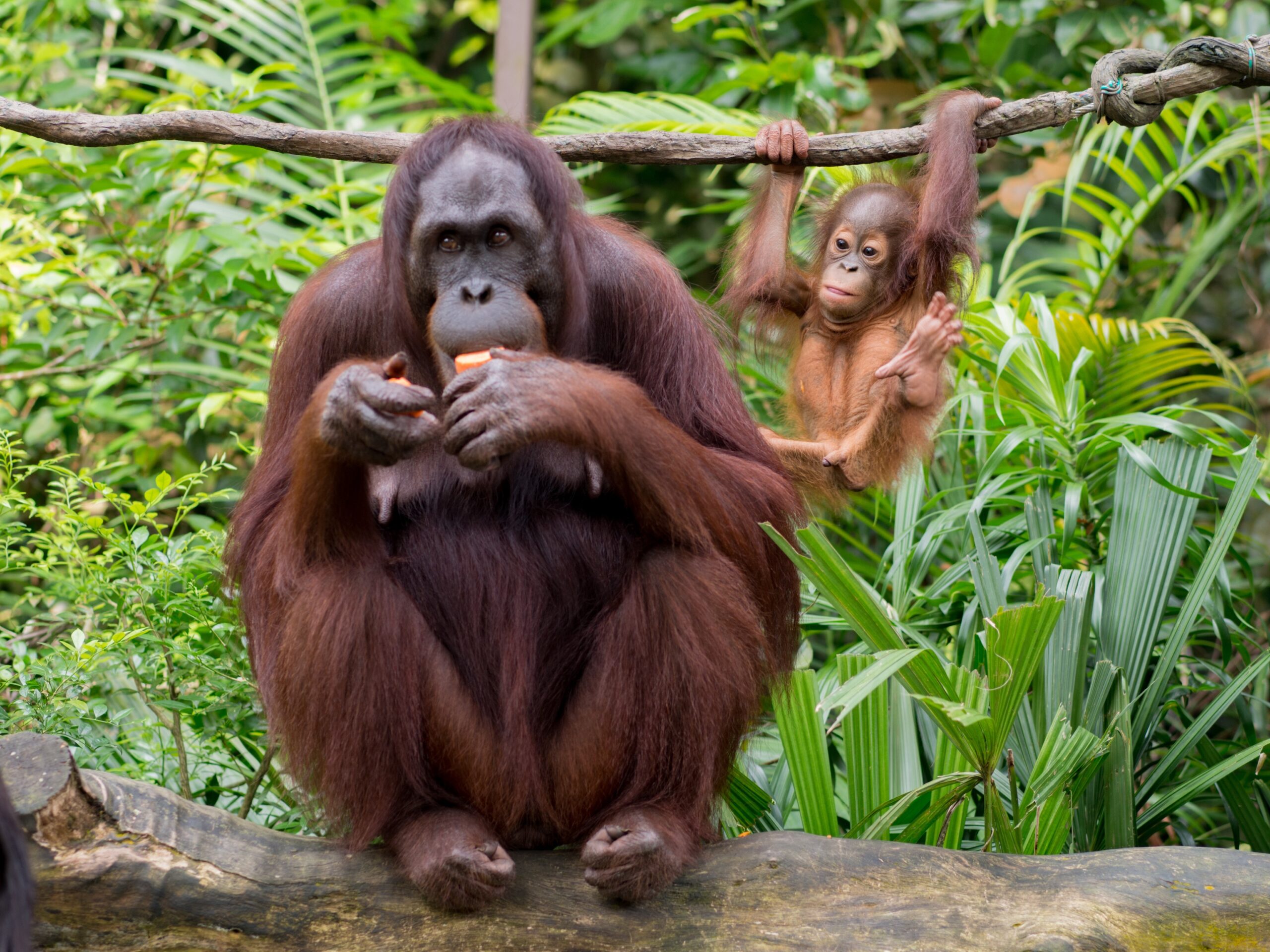Biodiversity loss is one of the most pressing issues of our time. IPBES Global Assessment Report on Biodiversity from 2019 concluded that “human actions threaten more species with global extinction now than ever before. . . a third of the total species extinction risk to date has arisen in the last 25 years.” The International Union for the Conservation of Nature’s Red List of Threatened Species estimates that about 40,000 species are at risk. And there is a heft of other consequences for humanity: the World Bank’s 2021 Economic Case for Nature report predicts that by 2030, a collapse of essential ecosystems could lead global annual GDP to be $2.7 trillion lower. In the words of Gianni Ruta, a lead environmental economist at the World Bank, “it’s not just about biodiversity – it’s about the economy. The moment to act is now.”
Many financial institutions are acting, taking advantage of what is now “a significant investment opportunity,” shared Eugenie Mathieu, a senior Environmental, Social and Governance (ESG) analyst at Aviva. For example, at the end of March, Federated Hermes launched a Biodiversity Equity Fund in collaboration with the Natural History Museum of the UK. The fund invests in companies that are protecting and restoring biodiversity, zeroing in on six major threats: climate change, deforestation, land pollution, marine pollution and exploitation, unsustainable farming, and unsustainable living, each of which is further divided into sub-verticals. As Ingrid Kukuljan, the head of Impact and Sustainable Investing who manages the fund, explained, “we believe now is a crucial moment to invest in the companies that help mitigate biodiversity decline.”
Federated Hermes has been working with the Natural History Museum to investigate how their biodiversity experts and data can assist the investment process. For example, the museum’s Biodiversity Intactness Index, accessible through the online Biodiversity Trends Explorer tool, provides an estimate of how many species still exist in an area and allows for cross-country comparisons. In exchange, the fund’s 5 percent of the net management fee revenue will go to the Natural History Museum. This collaboration between cultural resources and global investment managers is one step forward in protecting the world’s plant and animal life.
Another step is being taken by the World Bank’s lending subdivision, the International Bank for Reconstruction and Development (IBRD). Around the same time, Federated Hermes launched its fund, IBRD priced and issued its $150 million Wildlife Conservation Bond, also referred to as the “Rhino Bond.” Investors fund the conservation and expansion of black rhinos across 153,000 hectares of South Africa in two state-run, protected areas: Addo Elephant National Park (AENP) and the Great Fish River Nature Reserve (GFRNR).
Both have a proven track record of successful conservation of the species, with the capacity to go further. In the words of Vuyani Dayimani, CEO of Eastern Cape Parks and Tourism Agency, which manages GFRNR, “[t]his bond will significantly increase the funding. . . which is much needed to scale up activities to protect and grow our rhino populations and increase benefits to local communities and the economy.” The World Bank made conservation investment payments to AENP and GFRNR after the bond’s issuance instead of making coupon payments to investors.
Lead investor Nuveen and other institutional and private investors will only see a return on their investment if the black rhino population hits a pre-selected growth rate. Conservation Alpha will measure that rate and verify it by the Zoological Society of London throughout the bond’s lifetime. At the end of the 5-year term, it will then be used to calculate how much, if any, of the Global Environment Facility’s (GEF) $13.76 million results-based grant will be paid to investors in the form of conservation success payments, which they would receive in addition to the bond principal; no doubt, the GEF’s financial backing, and the principal protection helped sway more risk-averse investors. Maximum payment corresponds to a growth rate greater than 4 percent per annum.
Notably, this outcome-based structure has never been used in this space; in the words of Dr. Andrew Terry, director of Conservation and Policy at the Zoological Society of London, “the launch of the WCB – the world’s first financial instrument dedicated to protecting a species — is a watershed moment for wildlife conservation.”
Why black rhinos? Threatened by poaching and habitat loss, they are a critically endangered species, numbering only 5,600 today compared to 100,000 in the 1960s.
Plus, they are an “umbrella species” vital to their ecosystem, so protecting them also protects others. Additional beneficiaries include the citizens of rural South Africa, who will fill the 2,300 new jobs in the two protected areas, as well as the economy – which will benefit from the additional employment and tourism – “a welcome boost in a region severely impacted by COVID-19,” according to the CEO of GEF, Carlos Manuel Rodriguez.
Going forward, this “Rhino Bond” structure could be applied to protect other species or to push private capital toward other global public goods; as David Malpass, president of World Bank Group, explained, “it can be replicated and scaled to channel more private capital for other conservation and climate actions and development objectives around the world.” The world would be better for it.





